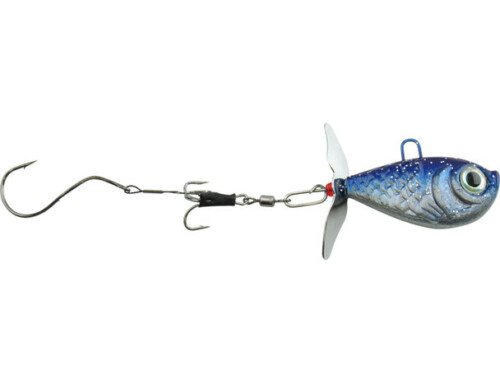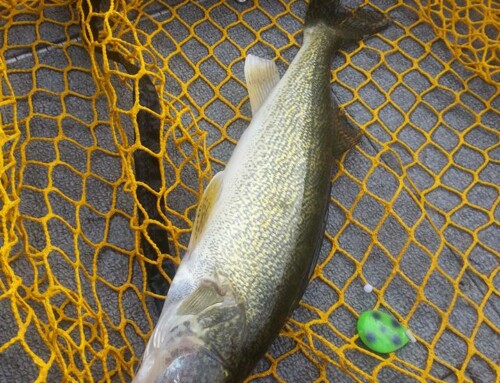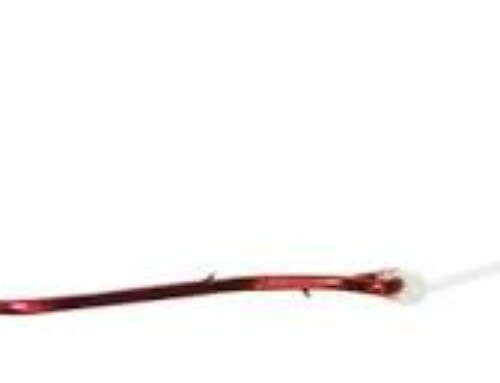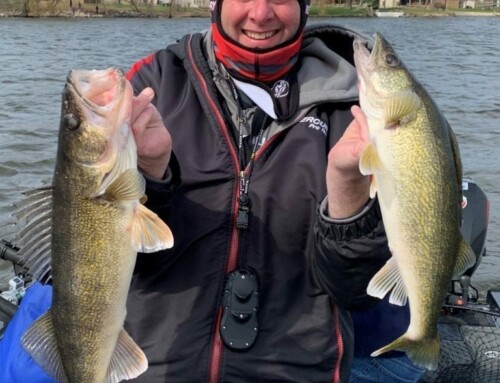Doing this job, I come across an awful lot of fishing photos, and I’ve taken a few myself in my time. Non-fishermen often tease anglers for their seemingly inexhaustible ability to take the same photo over and over again – big smile, arms outstretched and some kind of fish balanced in between. And that’s understandable – the vast majority of anglers’ photographs look very similar. But it doesn’t have to be this way.

Tip 1: Use A Decent, Clean Camera
These days there’s no excuse for using a poor camera. Most digital cameras on the market today pack 5 Megapixels or more, which is a lot more than the top of the range digital cameras did back in the day. Think about it this way: you invest an incredible amount of time and money trying to catch that fish of a lifetime. When your time comes, if you can’t get a decent photograph, won’t you kick yourself?
Once you have your camera, and ideally a friend or passer-by who can take your photo, make sure the lens is clean. Fishing can be a messy sport and cameras get dirty very easily. As Gavin Parsons writes in his blog post on fishing photography: “80% of poor pictures are caused by finger marks, dust, grease and salty spray. It only takes a quick wipe and your pictures will be a whole lot better.”
2. Get Your Lighting Right
It might seem obvious, but getting your angles right relative to the sun is absolutely essential when photographing fish. When your hands are shaking from the excitement of landing that fish of a lifetime, it may not cross your mind to think about where the sun is positioned, but forget it at your peril. Compare the two photos of Sean McSeveny below:

Get the sun behind you and you may not see your fish at all. Make sure that you’re facing the sun for your photograph and try not to get the photographer’s shadow on your fish. Here’s a fantasticgolden dorado caught by Drowning Worms’ very own Ryan O’Dwyer. It’s still a great photo – but that shadow almost kills it.

Once you’ve mastered the basics about lighting, you can start experimenting with light sources, shadows and highlights. Sometimes you can get away with back light, in fact it can really make a photo. Once you’re confident you’ve bagged a good photo, get creative…!


3. Create Interesting Angles
So often anglers simply hold their fish sideways, at 90 degrees to the camera, but these photos can get a little tiresome. My non-fishing friends will regularly tease me about me photographing the same fish over and over again, not realising (or pretending not to realise) that each photo is of a different fish. A good tip is to imagine you’re not taking the photograph for yourself. Think about it purely as a photograph – would people who don’t care about fish think the photo is good?
To achieve something special, play around with the angles of the fish. Get a close up of a mouth, fin or scale pattern, hold your catch at an angle or, as with Ryan’s dorado above, point it towards the camera.
4. Think About Composition
When you take fishing photographs, or any photographs for that matter, play around with the composition – or layout – of your photograph. Although the human brain likes symmetry, unusual compositions are also pleasing to the eye. To help you visualise what works, photographer Gavin Parsons talks about the rule of thirds. Imagine your shot is broken up into 3×3 squares. Place your subject on one of the intersecting lines and you’ll probably find you’ve nailed it. I’ve overlaid these lines over the following photograph from the guys at Faceless Fly Fishing to illustrate this point:

Don’t get too hung up on the rule of thirds – just try a few shots with your subject off-centre and see how you get on.

5. Make Your Photographs More Interesting With Colour
Before you head out on the water, try taking a few pictures with different clothing. Most anglers probably never think about how they look when they go fishing – they’re probably more interested in staying warm and dry! But the fact is that some clothing makes a better photograph than others. Take, for example, this photograph from senior Worm Drowner, Mike Green. I know for a fact that he loves this old red sweater, but unfortunately the camera doesn’t!

Compare that with the colours in the following photos from the Faceless team. It’s not immediately obvious what makes these photographs so appealing, but it’s undeniable that the colourful clothing adds to the effect (and yes, the same applies to colourful fishing tackle!):
6. Use Reflections
What’s the one thing you’ve always got when you go fishing? No, not fish (we wish!)… water! There are all kinds of things you can do when photographing around water, but one of the most obvious and easiest is to do is to hold your fish just above the surface, thus benefitting from the reflection. It’s a simple tactic, but very effective!


7. Play With Your Focus
This is one of my favourite tactics but it’s not easy to achieve with a simple point-and-shoot digital or phone camera, so don’t worry if you can’t do it. If you have a camera with a zoom, however, try standing further away from your subject than you normally would, then zoom right in onto your subject. This kind of tactic can create what’s called a ‘depth of field’ where the subject you’re photographing is in focus but the foreground and background appear blurred. I’m no professional photographer and I’m sure there are thousands of people who could explain depth of field better than I can. There’s also a lot you can do by changing your equipment, but this isn’t the time and I’m not the one you need to talk to about that. Here’s a nice example of what I mean though. You can see that only the pike’s face is truly in focus – even the angler is slightly blurred. These guys are using professional equipment, so don’t worry if you can’t achieve the same effect. Looks good though, don’t you agree?

8. Fish With Someone Photogenic!
Last but not least, it helps to fish with someone who looks good on camera. Now I know we can’t all fish with glamour models (see our page on fishing girls if you want to see what I mean), but that doesn’t mean we can’t play around with how we look. Try different expressions, get your friends or your dog in the picture, hide your face or, if you’re just plain ugly (as I’m sure is not the case here), make sure you’re out of focus! ![]()



Thanks again to Faceless Fly Fishing for the photos and to both Sean McSeveny and Gavin Parsons of Fishing Tails for some of the ideas – especially the one about cleaning the lens. Obvious, but soimportant! Happy hunting.
By James Green.











